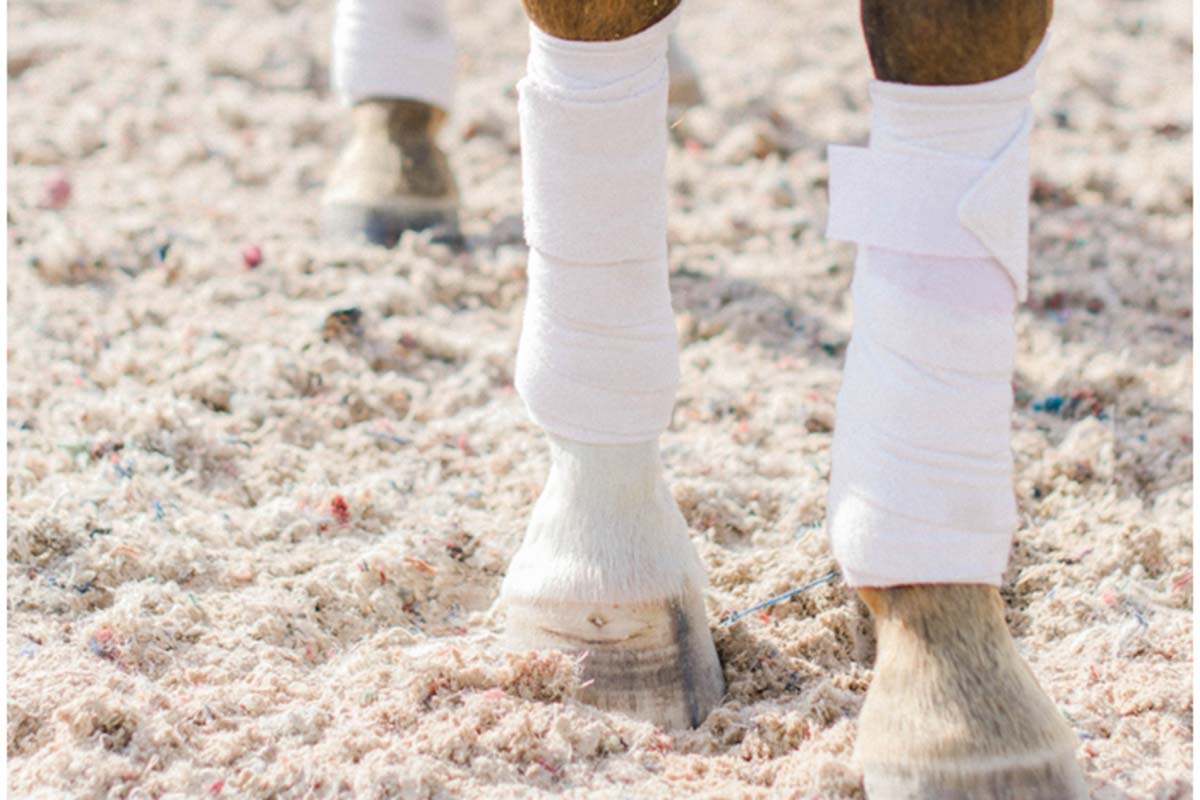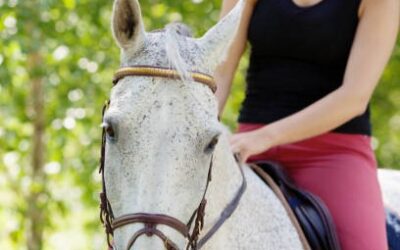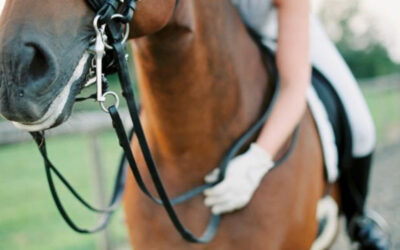As a coach one thing that has always intrigued me is how some riders have considerable knowledge around correct riding technique, however they sometimes struggle to put it into practice, but at the same time some riders have high levels of riding ability but can not verbalise what it is they are actually doing, something that is sometimes referred to as ‘expert induced amnesia’. In my experience riders learn on two different levels, firstly by gaining explicit knowledge then secondly by developing procedural knowledge. So for example a rider may understand the theory behind riding a shoulder in (explicit knowledge) but may struggle to execute it (procedural knowledge). To help riders gain an appreciation of the process that takes them from instruction to established skill I often refer to Fitts and Posner’s three stages of skill acquisition; the cognitive stage, the associative stage and the autonomous stage.
1, The cognitive stage
Before we can seek to perform a complex skill we first need to have an understanding of what to do. For me this is the teaching stage. Think back to when you first learnt to do rising trot, a skill that for most of you would have become automated a long time ago! Chances are the starting point would have been explanation from a riding instructor, you may have also been given a demonstration of how to do it by a more experienced rider. It’s this passing on of knowledge and demonstration that allows you to begin to form an internal representation of what you are trying to achieve. However, this is only the very start of developing an element of your technique, knowing the ‘what to do’ of a skill is not the same as knowing the ‘how to’ of a skill. For skill to move from being explicit knowledge to procedural knowledge we have to spend a considerable time playing ‘got it, lost it’, this brings us to the second stage of skill acquisition.
Knowing the ‘what to do’ of a skill is not the same as knowing the ‘how to’ of a skill
2, The associative stage
This is where the rider learns to actually perform the skill and is characterised by the rider making lots of small adjustments and making associations between particular motor movements and the resulting effects. During this time performance may feel rather clunky and disjointed as the skill remains very much under conscious control. The role of the coach at this point moves from ‘teaching’ to ‘coaching’, as much less information is given and instead the coach assist the rider in gaining feedback of performance as well as helping to gain a state of noticing.
3,The autonomous stage
This is the goal, the final stage of skill acquisition where the skill becomes autonomous and is performed unconsciously. At this stage skill appears fluent and effortless. It is this state we should aim to achieve when in competition and the reason it is often advised to compete a level below which you are training at home.
‘Do what you’ve always done and you’ll get what you’ve always got!’
NLP Presupposition
There are two main reasons I often refer to this model when coaching riders. The first reason is that I find riders often berate themselves for going back to old habits after they have been corrected. I find an understanding of the levels of skill acquisition allows them to appreciate that developing technique is a long process and having an understanding of riding theory alone without putting in many hours of targeted deliberate practice will never be enough to make noticeable improvements in riding technique. The second reason is to highlight the importance of moving back to the start of the process. Just because a skill has become automated does not mean it is faultless. Sometimes we can automated a technique that is flawed (something I remember Mary Wanless referring to as ‘premature automation’), in which case we must be prepared to bring that part of our technique back into conscious awareness to improve it and re-automate it. This is not an easy task, its mentally and often physically easier just to do things the way you always have, but as the NLP presupposition states ‘do what you’ve always done and you’ll get what you’ve always got!’. Through my training as both a coach and a dressage judge I’ve really gained an appreciation of the importance of well established basic fundamentals as horses and their riders move up through the levels. So learn to embrace the process because to quote Charles deKunffy “Dressage is not an art for those wishing to arrive”.
“Dressage is not an art for those wishing to arrive”.
Charles deKunffy





0 Comments